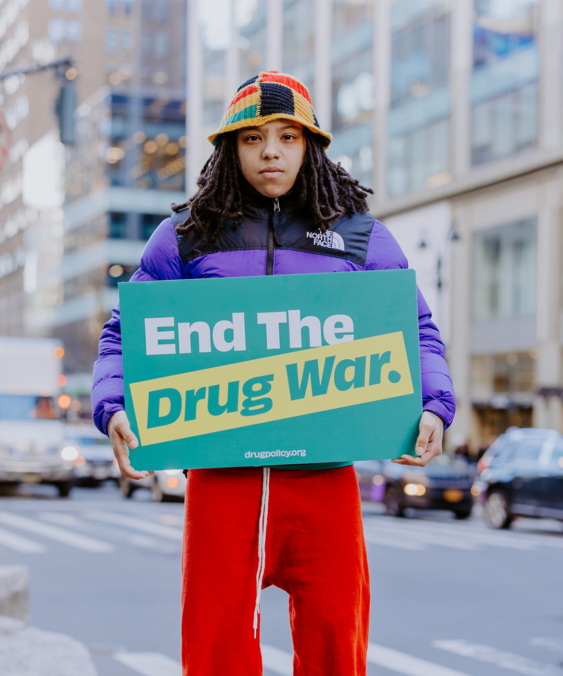
Elizabeth Mendez Berry at (212) 613-8036 or Simeon Gant at (916) 444-3751
NEW YORK-A study published in today’s Journal of Urban Health indicates that rates of injection drug use in California’s Central Valley are among the nation’s highest. Researchers concluded that Fresno has the highest number of users of illegal injection drugs per capita of any large U.S. metropolitan area, above second-place Baltimore.
“The Central Valley suffers from a long-standing heroin problem, surging rates of methamphetamine injection, and a continuing dearth of public health services to address addiction,” said Glenn Backes, health policy director for Drug Policy Alliance in Sacramento. “The Central Valley is emblematic of all that is wrong with the drug war approach–high rates of incarceration, high rates of disease, high cost to taxpayers, and immeasurable human suffering. What we need is needle exchange, treatment and outreach to bring drug injectors in from the shadows, and to connect them to health services.” [Glenn Backes: 916-202-2538]
The study’s estimates were based on data collected from 96 metropolitan areas in the United States in 1998, using several sources, including numbers of HIV cases related to injection drug use and numbers of injectors seeking drug treatment. Researchers checked the estimates through discussions with local experts. Using mathematical models, the researchers attempted to address a likely undercount of the actual number of injectors in the cities.
“These numbers cannot be exact,” said Samuel R. Friedman, the primary investigator of the study and Senior Research Fellow and Core Director at the National Development and Reasearch Institutes, Inc. “Drug users do not easily reveal themselves to researchers for fear of being jailed, and there isn’t equal access to HIV and drug treatment programs throughout the US. But by controlling and adjusting for a number of factors, we think this may be the best estimate of injection drug use in US cities to date.” [Samuel Friedman: 212-845-4467]
The median rate of injection among the 96 cities was 60 per 10,000 residents. In addition to Fresno, Stockton-Lodi, San Francisco and Bakersfield, other California areas that exceeded the median were Sacramento, Oakland, San Diego, Los Angeles-Long Beach, and Riverside-San Bernardino. In this study, wealthier metropolitan areas in California had rates slightly lower than the national median–Ventura, Orange County, and San Jose.
There are no legally authorized needle exchange programs operating in California’s Central Valley. Needle exchange programs offer drug users sterile syringes to replace used ones, and refer clients to drug treatment and other health services, and have been proven to decrease HIV and Hepatitis C infections without increasing drug use rates. According to a compromise law signed by Gray Davis in 1999, needle exchange programs may only be established by a local declaration of emergency by a city or county government, and that declaration must be reconsidered every 14 to 21 days. Politically conservative governments in the Central Valley have not authorized needle exchange, thus far disregarding the recommendations of the federal Centers for Disease Control & Prevention and the National Institutes of Health, and the norms of more populous coastal counties.
If Gov. Schwarzenegger signs two bills sent to him by the legislature last week, he could make it easier for cities or counties to establish programs to control HIV, AIDS and Hepatitis C among drug injectors. AB 2871 (Berg) allows needle exchange programs to be established by a one-time authorization. Similarly, SB 1159 (Vasconcellos) would allow cities or counties to authorize local pharmacies to sell up to 10 sterile syringes to an adult without a prescription, as long as the pharmacist agrees to certain conditions, including providing information on drug treatment and disease control, and participation in a program to ensure safe disposal of used syringes.
The dire estimates derived from 1998 data may have been mitigated somewhat since 2000, when passage of Proposition 36 by California voters doubled the state’s investment in drug treatment. “When it comes to drugs and treatment in California, Prop 36 has been the only good news in the last few years,” said Backes.
For more information on the legislation go to www.HelpStopAIDS.com or call Glenn Backes.

Notifications